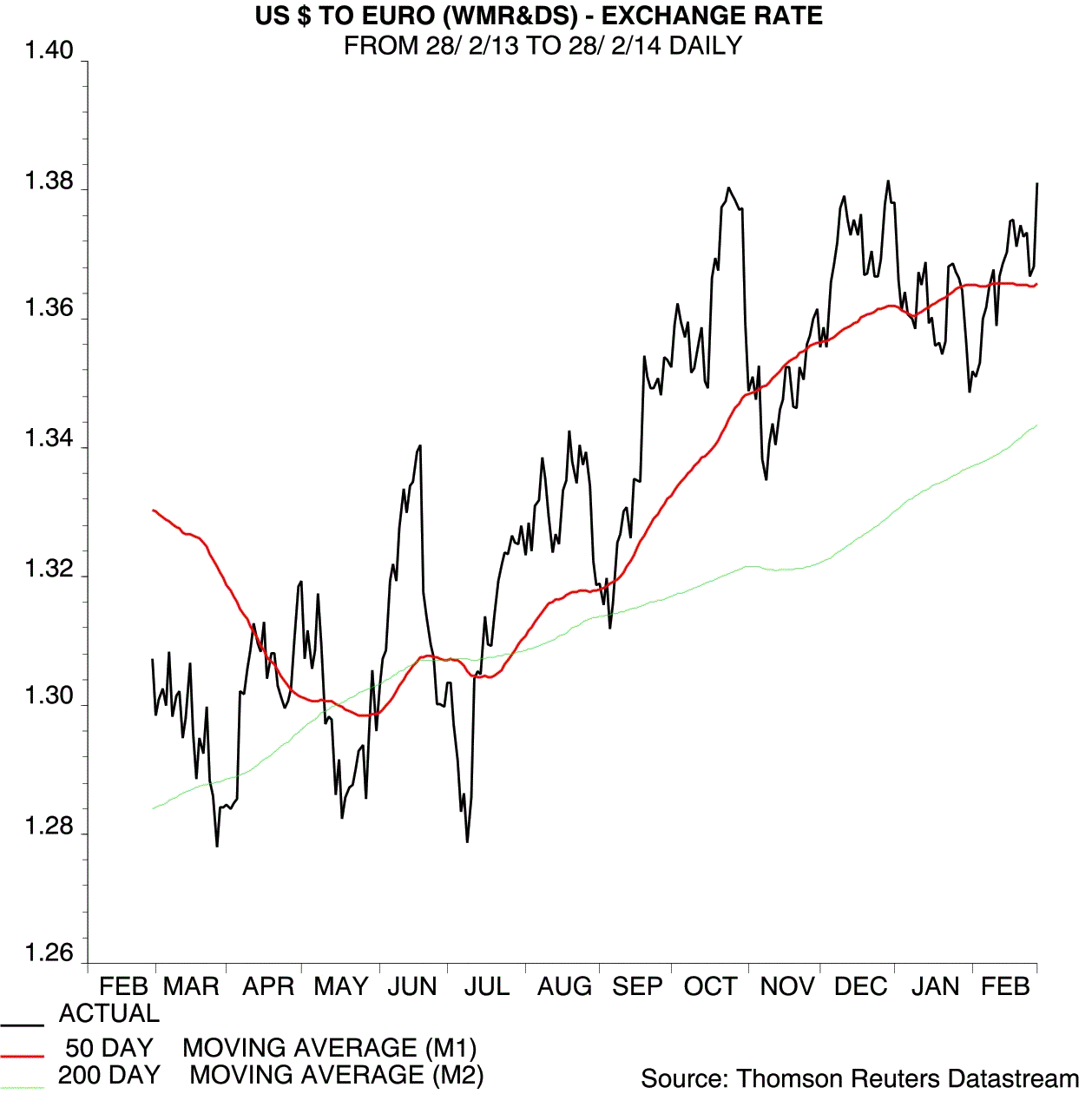
With interest in the retail foreign exchange (forex) market burgeoning, traders new to the area will notice that participants often fall into one of two broad categories. There are those who follow fundamentals, including key macro-economic data releases tracking inflation, growth and jobs, and others who concentrate purely on technical analysis, putting all their faith in chart patterns and key ratios.
Ostensibly at least, while there are clear definitions separating these two schools of thought, there is one common denominator guiding both and that is a quest to block out market noise. Whichever style of analysis is favoured; an ill-disciplined trader is likely to quickly find themselves overwhelmed by the amount of news, views and macroeconomic updates flooding out of the 24-hour-a-day currency market.
Meanwhile the sheer breadth of the technical ?indicators? universe (commonly referred to as ?expert advisors? or EAs), can be daunting. But there is no need for novices to familiarise themselves with every EA or fundamental indicator and they can take heart from the fact many retail forex brokers will offer a wide range of education materials to help them methodically approach the market.
Key providers of forex dealing facilities include CMC Markets, FxPro, IG, Alpari, Capital Spreads, City Index, easy-forex, and FOREX.com and all offer educational material to get you started. Much of this will stress the importance of having a plan and before a decision is made whether to go down the technical or fundamental route every trader must think carefully about their goals.
Fundamental questions
The advantages of a fundamental approach are well characterised by the subtly different yet complementary approaches taken by Alfonso Esparza, senior currency strategist at OANDA, and his colleague Wu Mingze, a currency analyst at the forex broker.
Esparza stresses the importance of central bank policy moves, whether interest rate decisions or unorthodox monetary policy action, to influence currency markets : ?Central banks have taken the centre stage in the market. Not only do their actions have an effect, but their words and lack of action creates new market moves. Understanding of other markets such as fixed income and corporate acquisitions give precious insights into the currency moves.?
Mingze concurs on this point: ?Monitoring factors such as economy, monetary policy helps in predicting where a country?s currency could be headed. For example, when the Bank of Japan?s radical monetary policy was introduced, one could state with confidence that this was likely to weaken the Japanese yen, and this is exactly what happened in 2013?
Fundamental traders are apt to argue that technical analysis is unable to predict future moves, and that any precedents found in the charts can be meaningless without taking into account considerations, such as interest rate levels, economic growth rates and inflationary expectations. Technical traders find it very difficult to cope with the unexpected and during periods of heightened market volatility whereas those of a fundamental leaning can take a longer-term view, utilise wider stop losses and ride out any short-term market troughs and spikes.
In contrast to the fundamental-based approach promoted by some, FXCM market strategist Alejandro Zambrano believes currency markets are ideally suited to technical analysis, as they are more prone to trending. This attribute is abundantly clear when studying the long-term movements in the USD/JPY pair, he comments. ?[The pair has] been trading lower since 1973.?
A 40-year pattern is a trend to note in anyone?s book but it is always best to keep testing and probing and it is ?a good idea to apply a simple 20-period moving average and see if it has a clear bias,? explains Zambrano. The FXCM man suggests technical tools such as Fibonacci retracements/projections, moving averages and oscillators in order to highlight trends, thus confirming a bias. ?When a clear bias has been established the trader wants to buy or sell when the daily and weekly time frames agree.?
In setting support and resistance levels OANDA?s Mingze also finds utility in Fibonacci levels and recommends oscillators such the commodity channel index (CCI) and stochastics, underling how many traders tend to mix and match elements of fundamental and technical trading.
Despite the common assumption of a currency pair?s ability to trend, Zambrano does however warn: ?It?s important to remember that markets don?t always trend and it?s therefore important to stick to only one market - rather than skim trough the various currency pairs available until a decent trend can be found. If no strong trend can be found then it?s better to wait before employing trend-following techniques.?
?Previous results are not indicative of future performance? is a regulatory risk warning that every institution issuing trading advice is rightly obliged to communicate to its clients. However, it?s also perhaps a warning to technical-based traders. There are a whole host of technical indicators that are freely available to a trader but the question will always need to be asked whether any EA can actually predict future price movements without the addition of any fundamental data filtering.
Efficient markets
Market efficiency theory suggests that all known information (fundamental data) available is already built into price, thus there is no advantage to be had by assessing and analysing data points, as the market is already at an equilibrium point. Technical-based traders therefore do not concern themselves with what has happened, they are more focused on what will happen.
When asked about the importance of technical analysis and its merit for the retail trader, Angus Campbell, senior analyst at FxPro says: ?The majority of our clients probably use technical analysis rather than fundamental analysis.?
One of the edges noted by advocates of technical analysis is the ability to let the market work. Fundamental analysis can be accused of being too subjective, whereas with technicals traders ?can take the emotion out of trading altogether?, explains Campbell who maintains that utilising FxPro?s automation tools allows market participants to build simple or complex sets of rules, which if triggered will enter a trade, thus removing the ill-disciplined nature of a human trader.
One of the more widely used indicators by technical-based speculators is the Simple Moving Average (SMA), and the clue may well be in the title. A user is able to manipulate the time series of the SMA with the most common permutations being set at 50, 100 and 200 (days). What a user is attempting to ascertain is whether or not the security is trading above or below the pre-determined range.
EUR/USD MOVING AVERAGE
Using the SMA, traders are able to pin-point tops and bottoms (retrospectively) and areas of clear support/resistance, which are ultimately what many would consider the holy grail of trading. However, the downsides to this approach become clear when actually using it. A trader could be stopped out of several trades before a longer-term trend is achieved, with an instrument often retracing back through the SMA.
One other favoured technical indicator that is widely used throughout the industry is the Relative Strength Index (RSI). This is employed to gauge the strength of a trend on a scale of 20 to 70. Anything over 70 is usually referred to as ?overbought?, suggesting that a possible pull-back may be imminent prompting traders to unwind a position, or to prepare to get short. A move below 20 is the exact opposite, suggesting an ?oversold? condition ahead of a bullish pattern emerging.
But owing to technological advancements and the increase in speed of delivery of news items, there has been an emergence of a third type of trader, a hybrid of the two conventional approaches. They utilise the fundamentals in order to ascertain a directional bias of a traded security and then the art of technical analysis to ascertain entry and exit positions.
In the final analysis, whether you have a technical bias or not, the importance of macroeconomic knowledge cannot be underestimated. Being aware of how data and events drive market sentiment is a huge plus even if your strategy is more technical. Being aware of the data and understanding its ramifications both complement and elucidate technical analysis.
This article originally appeared in Shares on 6 March 2014.




